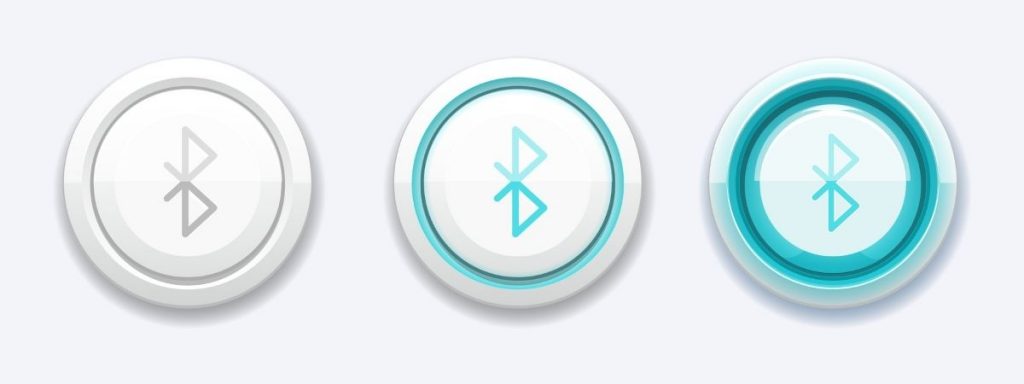BLE USE CASES
Some of the typical use cases of BLE in IoT are listed below:
1] Proximity Marketing
The BLE devices installed in various locations within the shop can detect the presence of a customer in the shop and provide deals based on the contextual information available.
2] Asset Tracking
In this kind of use case, the BLE tags are attached to the Assets to be tracked. The BLE tags instead of broadcasting IDs listen and scan for specific ids which once detected are now tracked in terms of their position. Additionally, these tags can be equipped with sensors for measuring pressure, temperature, motion, light, etc thus enabling them to track these parameters too for these Assets.
3] Indoor Navigation
GPS navigation fails when it comes to indoor navigation. The BLE technology comes to help in this context. There are various techniques like triaging using which the position of the tag or the mobile device’s position can be calculated. Indoor Navigation now becomes possible by providing turn-by-turn directions. This is useful in large buildings, museums, shopping malls, and events where it is difficult to navigate around.

